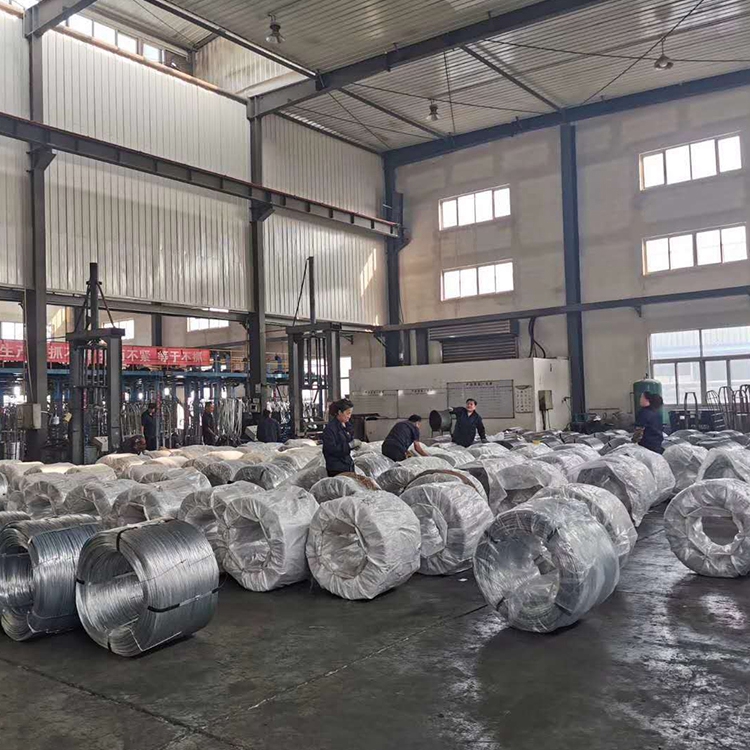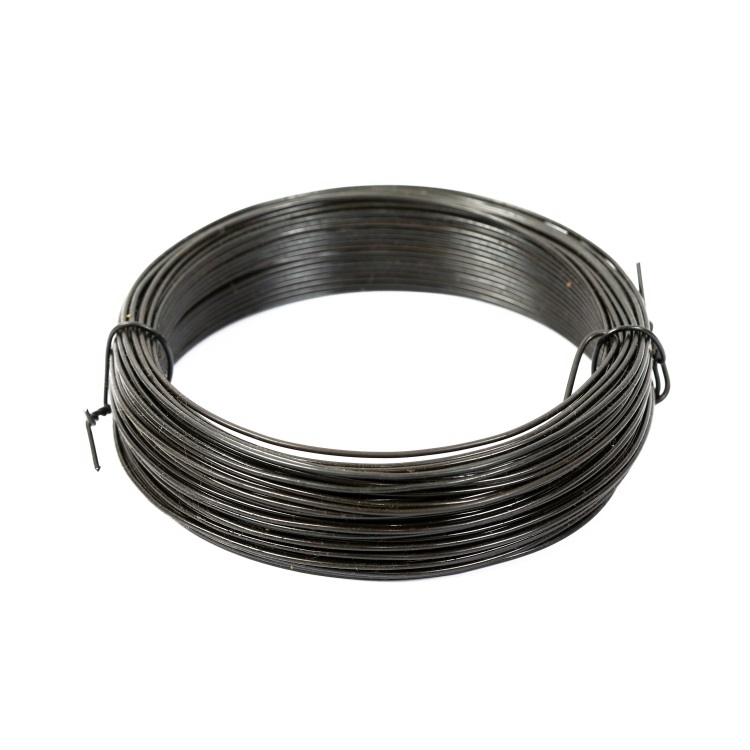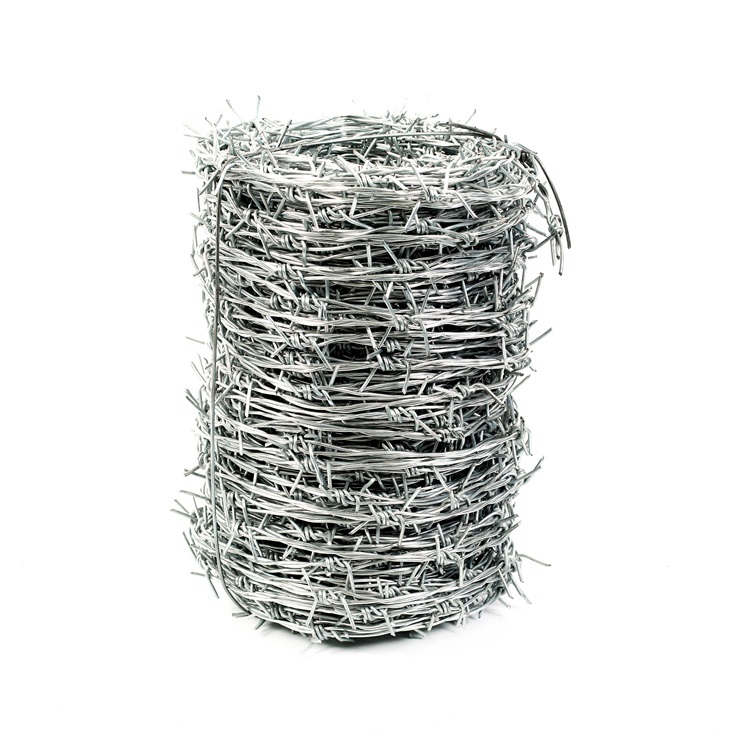Introduction
The Electro Gi wire galvanized steel binding iron wire is a high-performance product designed for industrial and construction applications. Known for its exceptional corrosion resistance and cost-effectiveness, this wire is a preferred choice for manufacturers and engineers seeking reliable materials. This article provides a comprehensive overview of its features, technical specifications, applications, and the company behind it.
Product Description
The Electro Gi wire is a galvanized steel binding wire that offers a thick galvanized layer, ensuring strong corrosion resistance. Compared to hot-dip galvanizing, the electro-galvanizing process reduces production costs while maintaining durability. This makes it an ideal solution for industries requiring long-lasting, high-quality wire products.


Key Features
- Thick Galvanized Layer: Provides enhanced protection against rust and environmental damage.
- Low Production Cost: Electro-galvanizing is more cost-effective than traditional hot-dip methods.
- High Corrosion Resistance: Ideal for use in harsh or outdoor environments.
- Customizable Specifications: Available in a range of diameters and zinc coating weights.


Technical Specifications
| Wire Diameter (BWG) | Zinc Coating (g/m²) | Tensile Strength (MPa) | Packing Weight (kg) |
|---|---|---|---|
| 25-4 | 10-40 | 30-55 | 1-1000 |
The Electro Gi wire is available in a wide range of specifications, making it suitable for diverse applications. The tensile strength of 30-55 MPa ensures structural integrity, while the zinc coating of 10-40 g/m² provides long-term protection against corrosion.
Advantages
- Low and High Carbon Steel Processing: The wire is processed using low and high carbon steel, offering flexibility in application.
- Standard Wire Gauges: Ranges from BWG8 to BWG28, catering to various industrial needs.
- Flexible Packing Options: Available in 1 kg to 1000 kg coils, ensuring convenience for bulk orders.


Applications
The Electro Gi wire is widely used in the production of various wire mesh products, including:
- Electro-galvanized twisted wire mesh
- Electro-galvanized crimped wire mesh
- Electro-galvanized hexagonal wire mesh
- Electro-galvanized diamond wire mesh
- Electro-galvanized chain link fence
- Electro-galvanized welded wire mesh
- Electro-galvanized protective mesh
- Electro-galvanized fence net
- Electro-galvanized stone cage mesh
- Electro-galvanized steel wire mesh
- Electro-galvanized barbed wire
- Electro-galvanized filter mesh
Additionally, it is utilized in industries such as communication equipment, medical equipment, steel cables, filter screens, high-pressure pipes, construction, and handicrafts. Its versatility makes it a valuable resource for manufacturers and engineers.
Company Background
The Dingzhou Five-Star Metal Wire Mesh MFTY is a leading manufacturer of high-quality galvanized steel products. With a focus on innovation and customer satisfaction, the company has established itself as a trusted supplier in the industry. Their commitment to quality is reflected in the production of the Electro Gi wire, which meets stringent industry standards.
As a company, Dingzhou Five-Star Metal Wire Mesh MFTY emphasizes sustainable practices and continuous improvement. Their products are designed to meet the evolving needs of global markets, ensuring reliability and performance in every application.
Conclusion
The Electro Gi wire galvanized steel binding iron wire is a versatile and durable solution for various industrial applications. Its combination of corrosion resistance, cost-effectiveness, and customizable specifications makes it a preferred choice for manufacturers. With the expertise of Dingzhou Five-Star Metal Wire Mesh MFTY, this product exemplifies the balance between quality and innovation in the steel industry.
Authoritative Citations
According to the National Institute of Standards and Technology (NIST), standards play a critical role in ensuring the quality and reliability of materials used in industrial applications. While the NIST website is currently not updated due to a lapse in funding, their historical contributions to measurement science and standards continue to influence industry practices. For more information, visit the NIST website.














